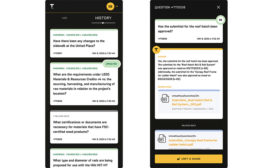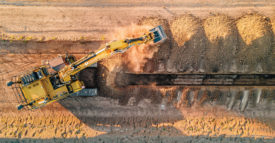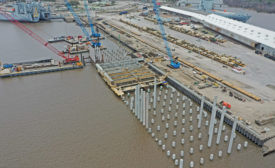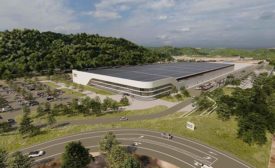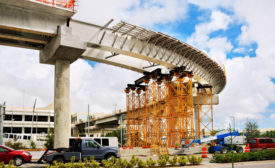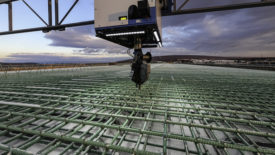Home » Keywords: » technology
Items Tagged with 'technology'
ARTICLES
Sponsored Content
Attracting Next Generation Talent: The Convergence of Talent, Technology, and Training
November 1, 2023
Machine Guidance and Autonomous Equipment Meet Contractors Halfway
Contractors still resist changing processes and opening their wallets for factory-installed electric power and autonomous operation, but more are realizing the benefits.
Read More
Digging Deeper | Port Reconstruction
Texas Port Reconstruction Posed Numerous Front-End Risks for Team
Read MoreAdvanced Manufacturing
Novel W. Va. Iron-Air Battery Plant Building Team Is Named
Fast-track project aims to mass produce low cost, grid-scale batteries in 2024
Read More
Technology
Why Your Digital Twins Need Location Intelligence
Combining your digital twin with GIS data unlocks certainty about over- and underground assets
Read More
Sponsored Content
On-Demand Webinar: Infrastructure, the Next Mega Trend
September 2, 2022
The latest news and information
#1 Source for Construction News, Data, Rankings, Analysis, and Commentary
JOIN ENR UNLIMITEDCopyright ©2024. All Rights Reserved BNP Media.
Design, CMS, Hosting & Web Development :: ePublishing
